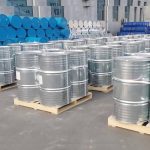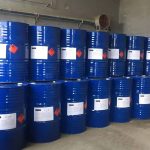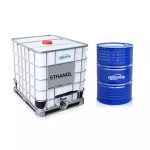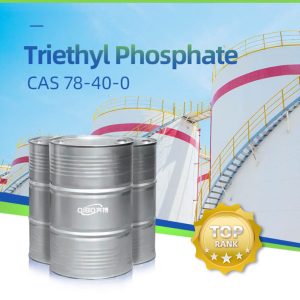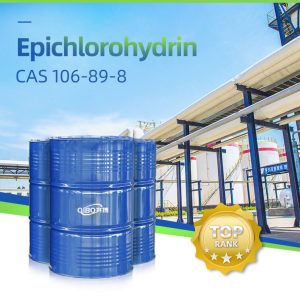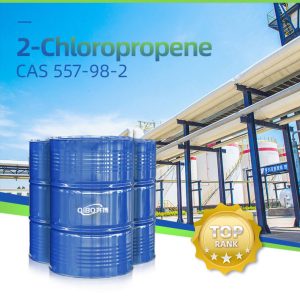
PROUDCTS
Home » PRODUCT » Organic Intermediate » Acetonitrile
Product introduction
| CAS NO. | 75-05-8 | Formula | C2H3N |
| EINECS NO. | 200-835-2 | Molecular weight | 41.052 |
| Melting point | -45 ℃ | HS CODE | 2926909090 |
| Boiling point | 81 ~ 82 ℃ | Critical temperature | 274.7℃ |
| Density | 0.786 g/cm³ | UN NO. | 1648 |
| Appearance | Colorless transparent liquid | CLASS | 3 |
| Flash point | 12.8 ℃(CC) | Solubility | Miscible with water, soluble in most organic solvents such as ethanol and ether |
Acetonitrile is an organic compound with the chemical formula CH3CN or C2H3N. It is a colorless and transparent liquid with excellent solvent properties. It can dissolve a variety of organic, inorganic and gaseous substances, and is infinitely miscible with water and alcohol. Acetonitrile can undergo typical nitrile reactions and is used to prepare many typical nitrogen-containing compounds, and is an important organic intermediate.
Product Usage
1. Chemical analysis and instrumental analysis
Acetonitrile has been used in recent years as an organic modifier and solvent for thin layer chromatography, paper chromatography, spectroscopy and polarographic analysis. Since high-purity acetonitrile does not absorb UV light at 200nm to 400nm, one application being developed is as a solvent for high performance liquid chromatography (HPLC), which can make the analytical sensitivity up to grade 10-9.
2. Hydrocarbon extraction and separation of solvents
Acetonitrile is a widely used solvent, mainly as a solvent for extractive distillation to separate butadiene from C4 hydrocarbons. Acetonitrile is also used in the separation of other hydrocarbons, such as the separation of propylene, isoprene and methylacetylene from hydrocarbon fractions. Acetonitrile is also used for some special separations, such as the extraction and separation of fatty acids from vegetable oil and cod liver oil, so that the treated oil is light, pure, and smelly, while the vitamin content remains unchanged. Acetonitrile is also widely used as a solvent in the pharmaceutical, pesticide, textile and plastic sectors.
3. Intermediates for synthetic medicines and pesticides
Acetonitrile can be used to synthesize a variety of pharmaceutical and pesticide intermediates. In medicine, it is used to synthesize a series of important pharmaceutical intermediates, such as vitamin B1, metronidazole, ethambutol, triamterene, adenine and ditusk; in pesticides, it is used to synthesize pyrethroids Insecticides and pesticide intermediates such as acetoxime.
4. Semiconductor cleaning agent
Acetonitrile is an organic solvent with strong polarity. It has good solubility for grease, inorganic salts, organic matter and polymer compounds. It can remove grease, wax, fingerprints, etchants and flux residues on silicon wafers. Therefore, high-purity acetonitrile can be used as a semiconductor cleaning agent.
5. Other applications
In addition to the above-mentioned applications, acetonitrile can also be used as a raw material for organic synthesis, a catalyst or a component of a transition metal complex catalyst. In addition, acetonitrile has applications in fabric dyeing and coating formulations, and it is an effective stabilizer for chlorinated solvents.
First aid measures
Skin Contact: Remove contaminated clothing and rinse skin thoroughly with soap and water.
Eye Contact: Lift the eyelids and flush with running water or normal saline. seek medical attention.
Inhalation: Quickly leave the scene to fresh air. Keep the airway open. If breathing is difficult, give oxygen. If breathing stops, give artificial respiration and seek medical attention immediately.
Ingestion: If the patient is conscious, induce vomiting, gastric lavage and seek medical attention.
Related Reading:
Key points of mobile phase configuration for acetonitrile HPLC
How to extract the product in water with acetonitrile?
Visit Wikipedia for Acetonitrile
Is acetonitrile HPLC the only option?




